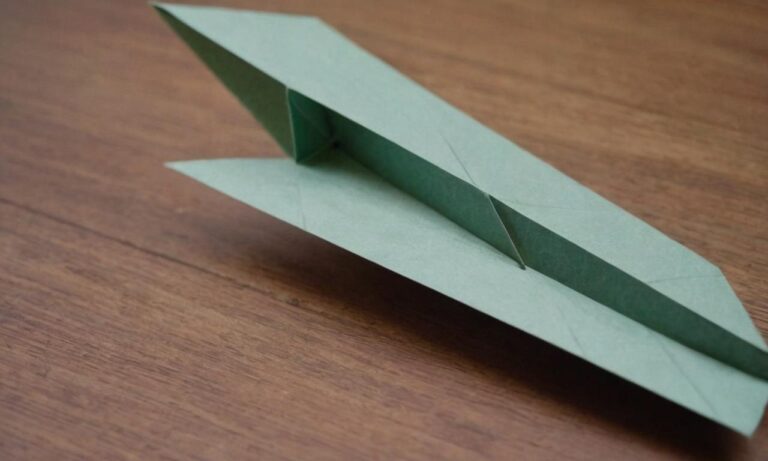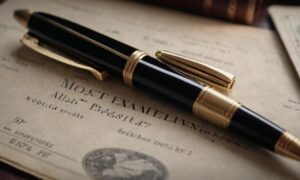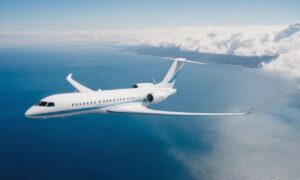Creating a paper airplane is a timeless craft enjoyed by many, whether for leisure or as a means to explore aerodynamics. Crafting your own paper airplane requires patience, precision, and a touch of creativity. Here’s a comprehensive guide on how to make a paper airplane that soars elegantly through the air.
Choosing the Right Paper
The foundation of a good paper airplane lies in the choice of paper. Opt for a standard A4 or letter-sized paper, preferably lightweight but sturdy enough to hold its shape.
Folding Techniques
Begin by laying the paper flat on a smooth surface. Follow these steps:
- Step 1: Fold the paper in half lengthwise. Ensure the edges align perfectly before creasing.
- Step 2: Unfold the paper and then fold the top corners to the center crease, forming a triangle at the top.
- Step 3: Fold the newly formed triangle down to meet the bottom edge of the paper.
- Step 4: Fold both sides again, aligning them with the central crease.
- Step 5: Fold the wings down, leaving a small portion at the bottom to form the stabilizer.
Adjustments and Modifications
Experiment with different folding techniques and wing shapes to achieve varying flight patterns. Adjusting the wing angles or adding small folds can greatly impact the airplane’s trajectory.
Flight Testing
Once your paper airplane is crafted, it’s time for the flight test. Head outdoors to an open area free from obstructions. Hold the plane at its midpoint and launch it gently, observing its flight path and making adjustments as needed.
Troubleshooting
If the airplane dives or spins uncontrollably, try adjusting the wings, stabilizer, or even the angle of launch. Sometimes, minor tweaks can significantly improve its flight.
Enhancing Creativity
Don’t be afraid to experiment! Modify designs, try different paper types, or even add weight to various sections to explore the effects on flight dynamics.
Sharing the Experience
Share your paper airplane designs and flight successes with others. Encourage creativity and exploration in this simple yet captivating craft.
Creating a paper airplane is an art form that combines precision and creativity. With practice and experimentation, you can craft paper airplanes that soar gracefully through the sky, delighting both young and old.
Materials for Customization
Exploring further, consider using materials beyond standard paper. Experiment with various types of lightweight materials such as tracing paper, rice paper, or even recycled materials like old newspapers or magazine pages. These materials may offer different aerodynamic properties, influencing the flight patterns of your airplane.
Color and Design Impact
Considering the impact of color and design on your paper airplane can add an artistic touch. Different colors and patterns might affect visibility or even aerodynamic properties, giving your creation a unique flair.
Advanced Folding Techniques
For those seeking a challenge, delve into more intricate folding methods. Advanced techniques involve additional folds, twists, or asymmetrical designs that can lead to unique flight behaviors.
| Fold Type | Flight Behavior |
|---|---|
| Reverse Fold | Stability and altitude control |
| Diagonal Folds | Speed and aerobatics |
| Curved Folds | Flight maneuverability |
Frequently Asked Questions
Here are some common queries:
- Q: Can I use different paper sizes?
- A: While A4 or letter-sized paper is standard, experimenting with different sizes might yield interesting results, altering flight characteristics.
- Q: How do I troubleshoot if the airplane spirals downwards?
- A: Try adjusting the wing angles or the stabilizer. Sometimes, small alterations can resolve flight issues.






